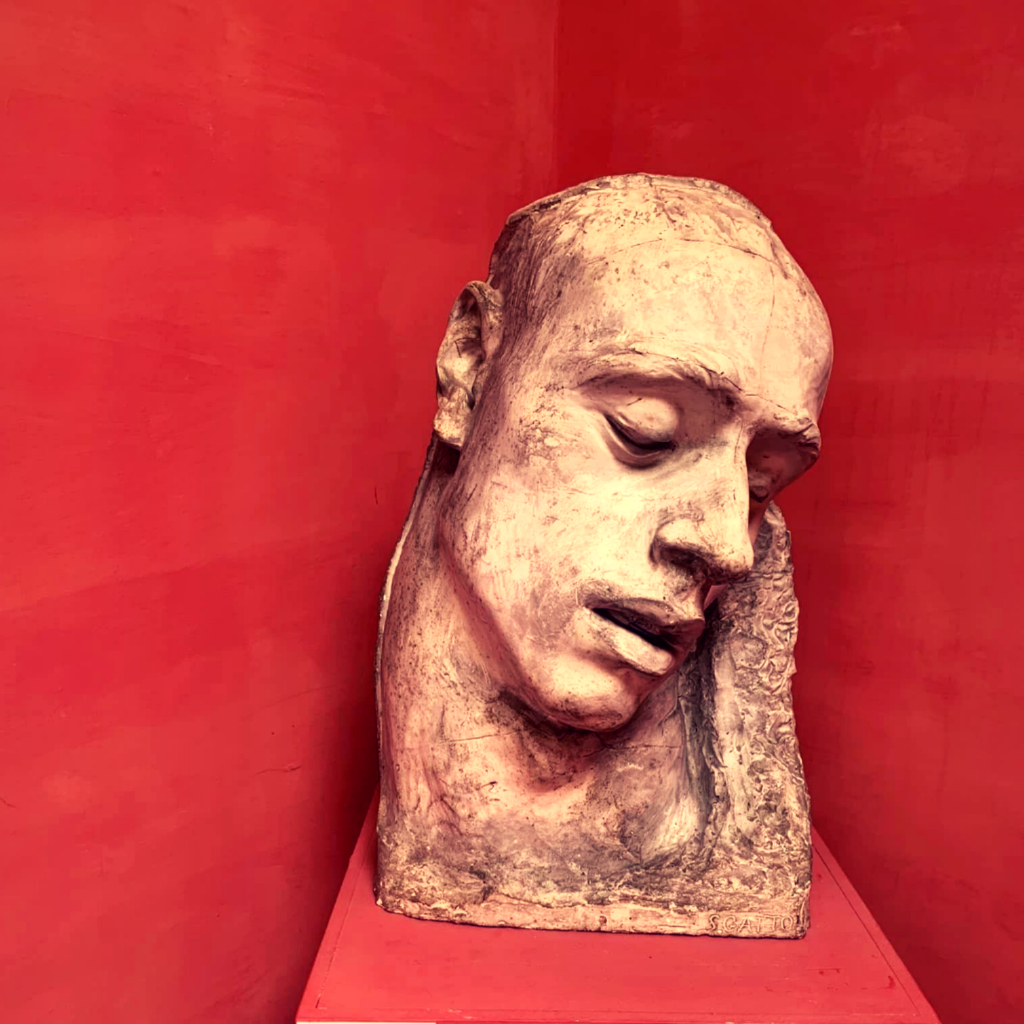Walter Piston was one of the leading American composers of the mid-20th century who decided to explore traditional musical forms and language. In his teens, Piston’s musical education commenced with piano and violin lessons. With the outbreak of World War I in the United States, Piston hurriedly studied the saxophone and enlisted in the navy as a musician. Between rehearsals and performances, he became acquainted with most of the band’s other instruments, learning to produce at least a few melodies on each. It was an invaluable experience for a man whose name would be associated with orchestral composition.
He studied first as an art draughtsman, then music at Harvard University and with Nadia Boulanger and Paul Dukas in Paris. Although he may have been better known as a teacher and author of a widely used book on harmony than as a composer, Piston’s music demonstrates superb skill in his chosen neo-classical romanticism. On return to USA in 1926, forged friendship with Koussevitzky and started association with Boston Symphony Orchestra who premiered 11 of his works.

I must say I’ve always composed music from the point of view of the performers.
In 1928, the Boston Symphony, led by Kuszewiczky, performed Piston’s symphony play. Despite his moderate success and acclaim, the composer decided not to publish it and followed it with Suite for Orchestra, who was praised for finding a champion in Stokowski who did work with the Philadelphia Orchestra. In 1938, his ballet, The Incredible Flutist, was performed, and the suite from it was for a long time his most famous work. Meanwhile, Piston began his series of eight symphonies with his first symphony in 1937. With their help, the composer demonstrated his mastery of large-scale absolute music by receiving a steady stream of prestigious awards and honors, among them the New York Critics’ Circle of the Second Symphony (1945), and the Pulitzer Prize of the Third (1948) and Seventh (1959).
His early music is predominantly neo-classical, showing the Parisian influence of Stravinsky and the late works of Fauré and Roussel. In his last decades his works also explore more complex harmonies and aspects of serialism within a tonal context. Output dominated by orchestral and instrumental works.
Also revered as a scholar and teacher, he taught at Harvard between 1926 and 1960. His pupils included Carter, Bernstein and Fine. Influential text books included Harmony (1941), Counterpoint (1947) and Orchestration (from a consideration of the individual instruments and their technical problems the author skillfully develops his analysis of orchestration, covering his analysis of orchestration, covering instrumentation of primary and secondary melodies, part-writing, chords, and contrapuntal techniques. Finally, he discusses typical problems in orchestration together with some examples of their solutions) (1955).
Principal Compositions: Sonata for Pianoforte, performed by Marcel Ciampi, Paris, 1925; Three pieces for Flute, Clarinet and Bassoon, first performed at the Société Independante, Paris, 1925; Symphonic Piece, performed by the Boston Symphony Orchestra, Serge Koussevitsky conducting, 1927; Suite for Orchestra, performed by the Boston Symphony Orchestra, the composer conducting, 1929, by the Philadelphia Orchestra, Leopold Stokowski conducting, 1932, by the Los Angeles Philharmonic, Artur Rodzinski conducting, 1933, by the Philharmonic Symphony Orchestra, Hans Lange conducting, 1934; Sonata for Flute and Piano,performed by Georges Laurent, Jesús María Sanromá, and others, 1931—; Suite for Oboe and Piano, performed by the Chardon Quartette, the New World Quartet, 1933, and by the Roth Quartet and Pro Arte Quartet, 1934; Concerto for Orchestra, performed by the Boston Symphony Orchestra, the composer conducting, 1934; Prelude and Fugue for Orchestra, commissioned by the League of Composers, 1934; Second String Quartet, first performed by the Chardon Quartette, 1935.
Publications: Music: Suite for Orchestra, 1929; Sonata for Flute and Piano, 1931; Suite for Oboe and Piano, 1932; String Quarter, 1933; Concerto for Orchestra, 1934. Book: Principles of Harmonic Analysis, 1933.


